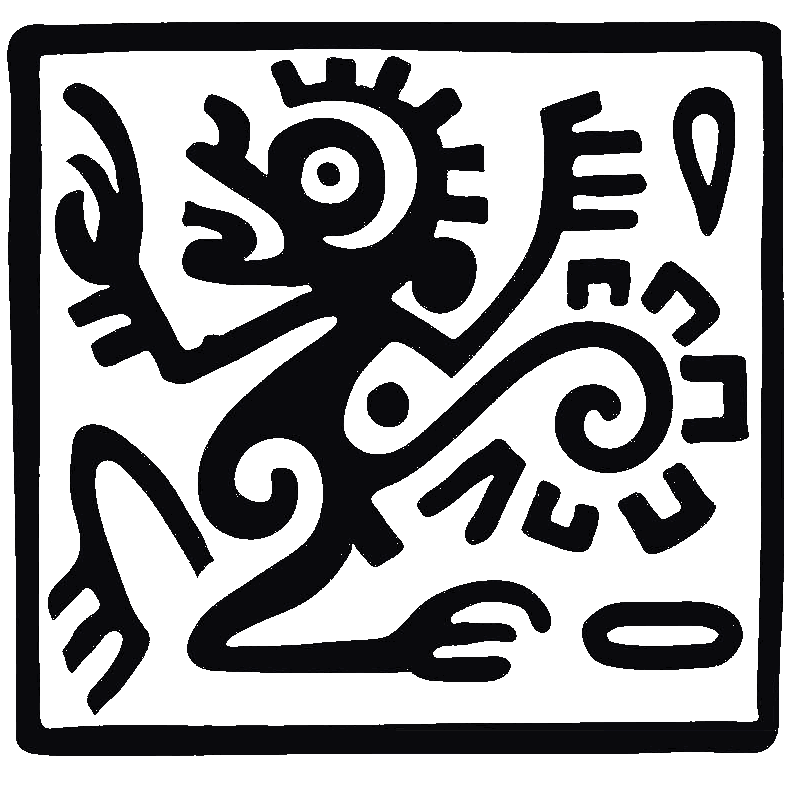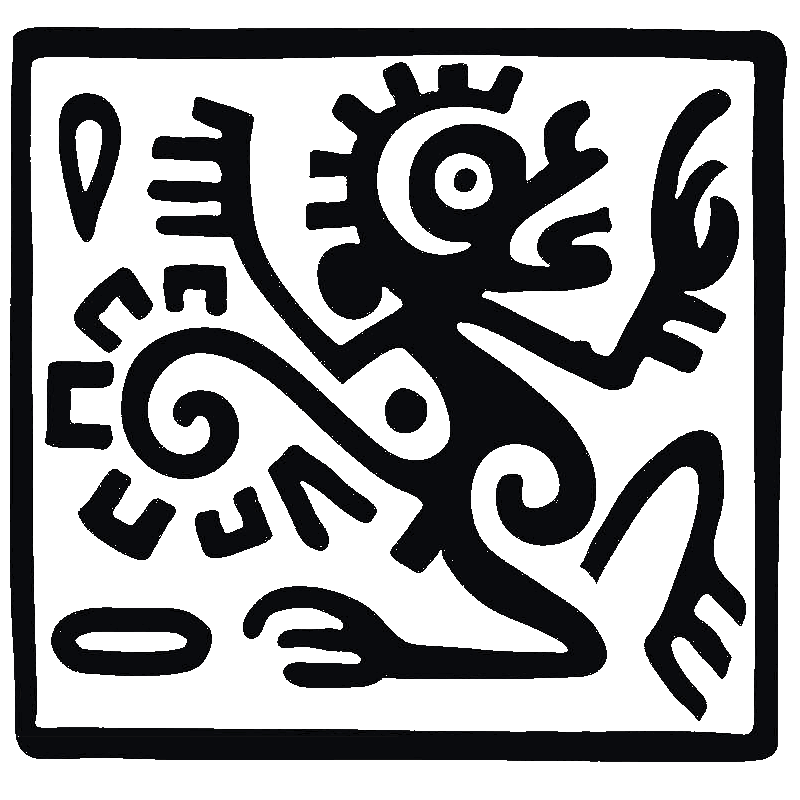
文化人類学者が米国の先住民ならびにマイノリティの訴訟に関わったケース
Cases in which cultural anthropologists
were involved in lawsuits involving Native Americans and minorities in
the United States

アメリカ先住民に対する行政訴訟権の付与 (1946)
アメリカの先住民の土地は「通商交易法 (Nonintercourse Act(1790, 1793, 1796, 1799, 1802, and 1834)」により連邦議会の承認がないかぎりは転売が禁止され ていた。もちろん法が有名無実化していたのは歴史が示す通りである。アメリカ議会はアメリカ 先住民への差別的な法的地位の撤廃の一環として、過去に先住民に損害を与えた行為に対しても行政訴訟を認めた。ただし、それを訴える権利があるのは「部 族、バンド、もしくは他の帰属集団」にのみインディアン請求委員会への提訴を認めるものだった。この、「部族、バンド、もしくは他の帰属集団」の定義は、 ジュリアン・スチュアードの後の著作 "Theory of Culture Change," (1955)に結実するような理論的研究の成果の反映だと、考えられている(ローゼン 2011:102-103)。
Sweatt v. Painter, 339 U.S. 629(1950)
黒人(アフリカ系アメリカ人)のヘルマン・M・ス ワットが、テキサス大学法学校(法科大学院)に入学を拒否されたことをめぐる訴訟(→Sweatt v. Painter, 339 U.S. 629)。人類学者で法学者でもあったロバート・レッドフィールド(Robert Redfield, 1897-1958)が専門家証人として立ち合う。この裁判は、Brown v. Board of Educationへと展開する意味でも重要なものであった。
Brown v. Board of Education, 347 U.S. 483(正式名称はOliver Brown, et al. v. Board of Education of Topeka, et al.)(1954)
公教育における、黒人(アフリカ系アメリカ人)と白 人を分ける分離教育は不平等であり、合衆国憲法修正14条に対して違憲と判決したもの。1896年のプレッシー対ファーガソン裁判( Plessy v. Ferguson)において、「分離すれども平等(separate but equal)」という先例を覆した画期的な裁判といわれる。
原告のオリバー・L・ブラウンは、遠方に通学させら れている自分たちの子供を白人の近隣の学校に通学させようとして拒絶され、カンザス州トピカの教育委員会に対して集団訴訟を提訴した。ブラウンは、ユネス コが1950年に声明した「人種問題(The Race Question)」影響を受けた。この声明は、 過去に批判をうけ、1951, 1967, 1978年に改訂されたが、最初の原案は下記のようなメンバーであった。
"The original statement was drafted by Ernest Beaglehole; Juan Comas; Luiz de Aguiar Costa Pinto; Franklin Frazier, sociologist specialised in race relations studies; Morris Ginsberg, founding chairperson of the British Sociological Association; Humayun Kabir, writer, philosopher, and twice Education Minister of India; Claude Lévi-Strauss, one of the founders of ethnology and leading theorist of structural anthropology; and Ashley Montagu, anthropologist and author of The Elephant Man: A Study in Human Dignity, who was the rapporteur." source: https://en.wikipedia.org/wiki/The_Race_Question
当初の声明は、アーネスト・ビーグルホール、フア
ン・コマス、ルイス・デ・アギアル・コスタ・ピント、人種関係研究を専門とする社会学者フランクリン・フレイジャー、英国社会学会の創設委員長モリス・ギ
ンズバーグ、作家、哲学者、インドの教育大臣を2度務めたフマユン・カビール、民族学の創始者の一人であり構造人類学の主要な理論家であるクロード・レ
ヴィ=ストロース、人類学者で『エレファント・マン』の著者であるアシュレイ・モンタグによって起草された: 報告者は、人類学者であり、『The
Elephant Man: A Study in Human Dignity』の著者であるアシュレイ・モンタグである。
また、ユネスコの側から関わったのがアルフレッド・ メトローである。(下記参照)
"In 1950, Métraux moved from New York to Unesco’s headquarters in Paris where he headed the international organization’s Race Division. Uniquely positioned to help correct popular fallacies about the human condition and expose ethnocentric misconceptions about cultural differences, he coordinated the international team of scholars that produced the definitive U.N. “Statement on Race” (1951). As a direct offshoot of the 1948 “Universal Declaration of Human Rights,” it sought to dismantle any scientific justification or basis for racism and proclaimed that race was not a biological fact of nature but a dangerous social myth. As a milestone, this critically important declaration contributed to the 1954 U.S. Supreme Court desegregation decision in “Brown v. Board of Education of Topeka.” As such, Métraux’s anti-racism advocacy helped shape the social consciousness that ushered in the civil rights activism of later years." Source: http://bit.ly/1WCXiwI
1950年、メトローはニューヨークからパリのユネ
スコ本部に移り、国際機関の人種部門を率いた。人間の条件に関する一般的な誤謬を正し、文化的差異に関する民族中心主義的な誤解を明らかにする上で異なる
立場にあった彼は、決定的な国連「人種に関する声明」(1951年)を作成した国際的な学者チームをコーディネートした。1948年の「世界人権宣言」か
ら直接派生したこの声明は、人種主義を正当化する科学的根拠を取り払おうとするものであり、人種は自然の生物学的事実ではなく、危険な社会的神話であると
宣言した。この画期的な宣言は、1954年に連邦最高裁判所が下した人種差別撤廃判決 「ブラウン対トピカ教育委員会事件
」に貢献した。このように、メトローの反人種主義の主張は、後の公民権運動の先駆けとなる社会意識の形成に貢献した。
アーミッシュの就学訴訟裁判(1972)
連邦最高裁判所は、アーミッシュの親は8年生まで通 学させれば、ウィスコンシン州のすべての子供に義務づけられている年限まで就学させる必要はないと判断。この裁判では、ジョン・ホステットラー(John A, Hostetler, 1918-2001)が次のような証言を法廷でおこなった:アーミッシュに対して自分たちの信仰に反して無理に学校に通学させ、またその価値観に反する教 育を受けさせればアーミッシュの子供に心的な弊害がもたらされる可能性がある、と。また、そのような教育はアーミッシュのコミュニティの破壊につながる、 とも。これに対するダグラス判事の反論は、ホステットラーの資料のなかにコミュニティの半分までの成員の喪失があるが、同時にアーミッシュ文化が生き残っ ている事実に基づいたものだった(ローゼン 2011:102)。
"[A]nd served as an expert witness in at least five court cases involving minority groups, the most prominent being Wisconsin v. Yoder, which was heard by the U.S. Supreme Court in 1972. He was an active participant in the National Committee for Amish Religious Freedom." Source: https://en.wikipedia.org/wiki/John_A._Hostetler
また、マイノリティ・グループが関係する少なくとも5つの裁判で専門家証人を務めた。最も著名な裁判は、1972年に連邦最高裁判所で審理されたウィスコンシン対ヨーダー裁判である。アーミッシュの信教の自由を求める国民委員会にも積極的に参加した。
Wisconsin v. Yoder 406
U.S. 205 (1972): See, https://en.wikipedia.org/wiki/Wisconsin_v._Yoder
Joint Tribal Council of the Passamaquoddy Tribe v. Morton, 528 F.2d 370 (1st Cir. 1975)
土地の権利請求運動でもっとも有名な訴訟は「パ サマ クォディとペノブスコットの両部族の訴訟」であり、この訴訟は、1981年にカーター大統領の直接介入もあり1981年に和解した(クリフォード 2003:350)。
先住民が土地の権利要求をおこなった時に根拠にした のは、「通商交易法 (Nonintercourse Act(1790, 1793, 1796, 1799, 1802, and 1834)」であった。
See: https://en.wikipedia.org/wiki/Joint_Tribal_Council_of_the_Passamaquoddy_Tribe_v._Morton
マシュピーの土地返還請求訴訟(1976年)
マサチューセッツ州ケープゴッドの一地区に対して、 連邦裁判所に提訴された土地訴訟。ここで問題になったのは、訴訟を提訴した人たちが、はたして「マシュピー先住民」であるかどうかをめぐるものであった (クリフォード 2003:12章)。この訴訟は、「マシュピー・トライブ〈対〉ニューシバリー社訴訟(Mashpee Tribe v. New Seabury Corp., 592 F.2d 575 (1st Cir. 1979))」といわれる(クリフォード 2003:351)。原告は「マシュピー・ワンパノアグ部族 (Mashpee Wampanoag)評 議会」、被告にあるニューシバリー社とは、この土地の大規模開発会社であるが、その被告総体は、会社のほかに、土地を所有するマシュピー住民と保険会社、 事業家、資産家なども含まれた集合的なものである。
この裁判には、ローレンス・ローゼン("Law
as Culture," 2006
の作者)も関わっている。クリフォード(2003)による、ローゼンの評価には傾聴すべきものがあるので、ここで記載しておこう。:「彼[ローゼン]は、
当事者対抗主義が規制するものや倫理的ジレンマを論じ、部族、バンド、国家、そして、チーフ[ダム?—引用者]のような語句を定義することの根深い問題を
議論した。ローゼンは訴訟行為に関する人類学者の役割はおそらく増大することになると示唆し、それゆえ学者たちは危険ではあるが避けられない領域に自らを
参入させる準備が必要であると助言している」(クリフォード 2003:467:原注(3))。
しかし、マシュピーの場合は、その先住民性が問われ のであった。数々の失敗を重ねて、2007年に内務省はようやくマシュピーの連邦承認を得た。
"Mashpee Tribe v. New Seabury Corp., 592 F.2d 575 (1st Cir. 1979), was the first litigation of the Nonintercourse Act to go to a jury.[1] After a 40 day trial, the jury decided that the Mashpee Tribe was not a "tribe" at several of the relevant dates for the litigation, and the United States Court of Appeals for the First Circuit upheld that determination (the panel included two judges from the landmark Joint Tribal Council of the Passamaquoddy Tribe v. Morton (1975) panel). / The Mashpee, as a tribe and individually, attempted to re-litigate the issue several times without success.[2] In 2007, the Department of the Interior granted federal recognition to the Mashpee,[3] and the tribe and the town of Mashpee, Massachusetts entered into a settlement agreement.[4]" source: http://bit.ly/1jF7YN6
マッシュピー部族対ニュー・シーバリー社、592
F.2d 575 (1st Cir.
1979)は、非干渉法に関する訴訟で初めて陪審に持ち込まれた訴訟であった[1]。40日間の裁判の結果、陪審は、この訴訟に関連するいくつかの日付に
おいて、マッシュピー部族は「部族」ではないと判断し、第1巡回区連邦控訴裁判所もその判断を支持した(このパネルには、画期的なパサマコディ部族合同部
族評議会対モートン裁判(1975年)の裁判官2名が含まれていた)。/
2007年、内務省はマッシュピーの連邦承認を認め[3]、同部族とマサチューセッツ州マッシュピー町は和解契約を締結した[4]。
リンク
文献


Do not paste, but [re]think this message for all undergraduate students!!!